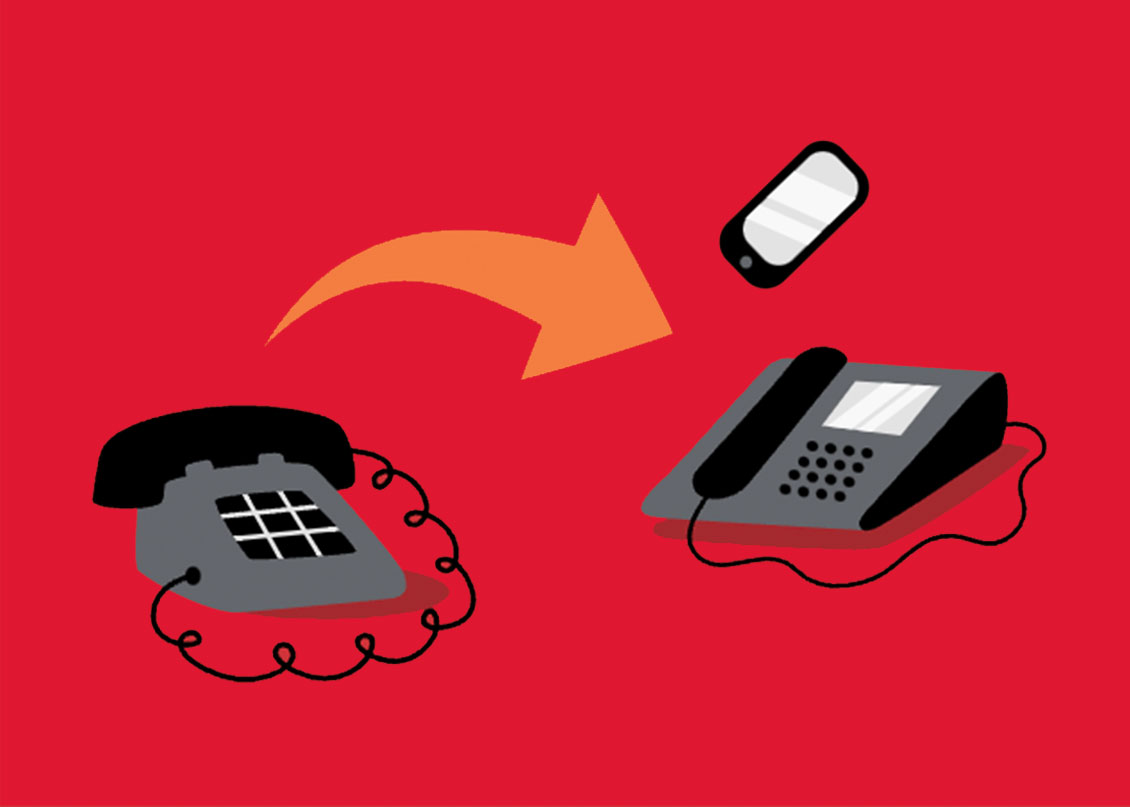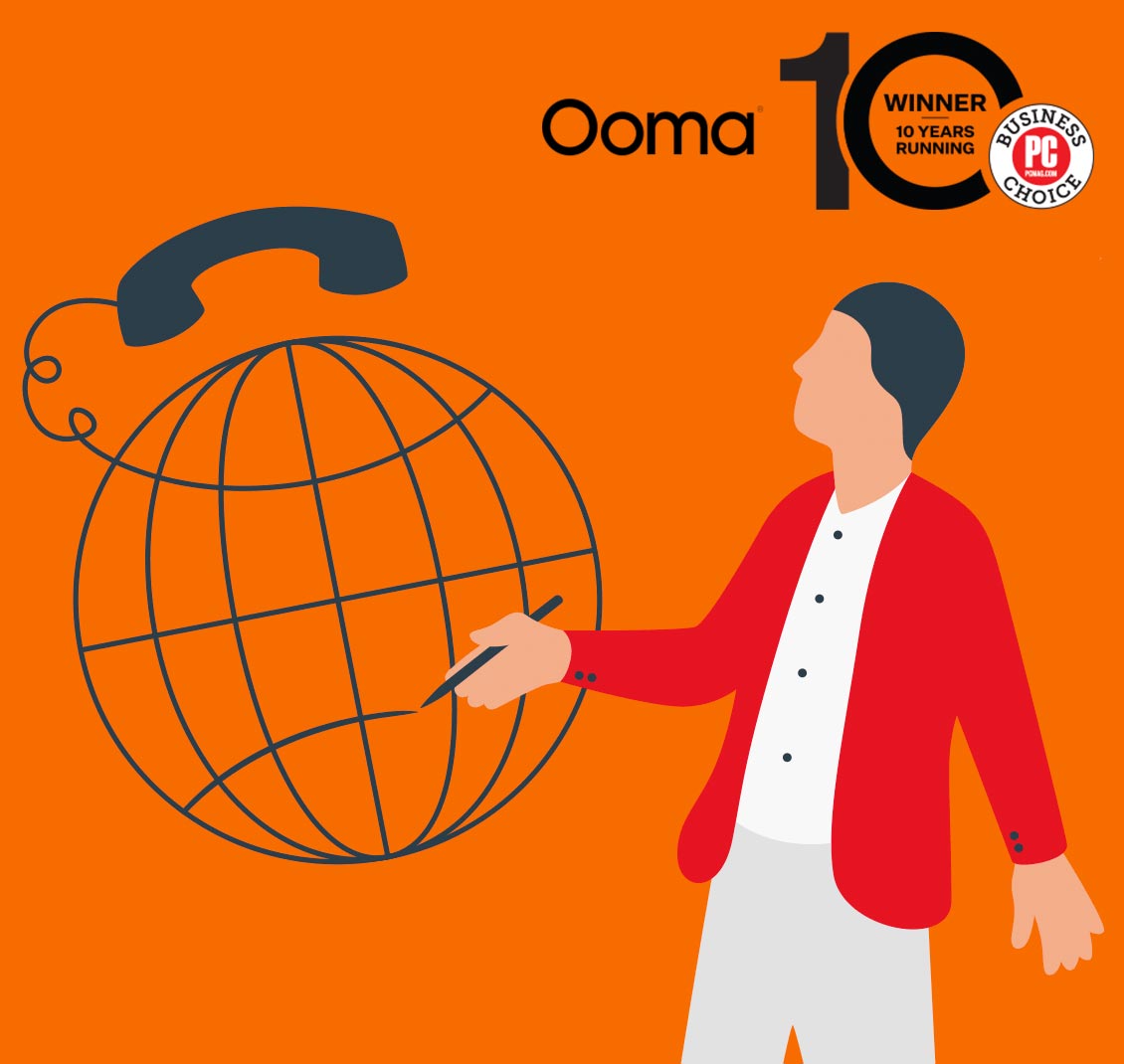Guide to multi-line phone systems for small business

Communication is at the core of any small business. Whether you’re coordinating with your team, serving customers or connecting with partners, efficient and reliable communication is key to success. This is where a multi-line phone system steps in as a game-changer.
Small businesses often have to juggle multiple tasks at once. Multi-line phone systems offer a variety of features that can streamline your communication processes, from handling customer inquiries promptly to ensuring that your team can collaborate seamlessly.
So, whether you’re looking to upgrade your existing phone system or considering one for the first time, this guide will walk you through all you need to know about multi-line phone systems, helping you make the right choice for your small business.
Table of Contents
1. What is a multi-line phone system?

First things first, let’s distinguish between single-line and multi-line phone systems. You’re probably familiar with the single-line setup, which is common for residential use. It’s as straightforward as it sounds—one line, one call at a time. It’s sufficient for smaller operations with minimal call traffic, like home-based businesses or sole proprietorships.
A multi-line phone system, on the other hand, can handle multiple calls simultaneously and accommodates multiple employees. This feature is especially valuable if your business frequently handles customer inquiries, has multiple departments, or experiences a high call volume.
What are the main advantages of using a multi-line telephone system?
Now, why should you consider upgrading to a multi-line phone system for your small business? There are a handful of advantages that make it an attractive choice, including:
- Enhanced call handling. Multi-line systems make it possible for your business to take multiple calls at once. No more frustrating hold times or busy signals. This not only keeps your clients happy but also makes your team more productive.
- Increased professionalism. Multi-line phone systems project a more professional image for your business. With multiple lines available, calls can be efficiently routed to the appropriate department or staff member, ensuring that customers always reach the right person.
- Easy expansion. As your business grows, you can easily add more lines to accommodate increased call volume without major overhauls.
- Cost-efficiency. Compared to having to purchase individual lines and phone numbers for every employee, multi-line systems are more cost-effective in the long run, with fewer physical lines to maintain and a more efficient operation overall.
With those advantages, multi-line phone systems are particularly well-suited for businesses that require frequent customer interactions, such as insurance agencies, restaurants, healthcare practices, real estate companies, customer support centers and so on.
2. How does a multi-line phone system work?
Multi-line phone systems, in their most basic form, are designed to handle multiple calls simultaneously. Key to this is the multi-line phone—that is, actual hardware that sits on a desk or a virtual softphone that lives on a computer or mobile phone. These phones have multiple lines or extensions that can be used for both incoming and outgoing calls.
For example, a 4-line phone system allows you to handle four different calls at the same time without the need for multiple physical phones. When a call comes in on a specific line, the corresponding button on the phone will flash or ring, indicating which line is receiving the call. Users can then easily switch between active calls and manage them efficiently.
So, how are these multiple lines integrated into a single system? That’s the job of the central control unit that’s linked to the multi-line phones. This central unit essentially acts as the brain of the system, directing calls to the appropriate line or extension. You can think of it as a traffic controller ensuring calls reach the right destination.

The role of VoIP
Many modern multi-line phone systems are powered by Voice over Internet Protocol (VoIP) technology. VoIP allows you to make calls over the internet instead of traditional phone lines, offering several advantages.
For one, it can significantly reduce your phone bill, especially for long-distance or international calls. VoIP also offers greater flexibility since you can make and receive calls from anywhere with an internet connection.
VoIP also enables features like call recording, voicemail-to-email and virtual receptionist, enhancing your overall productivity and customer service. Plus, it’s scalable, allowing you to expand your system as your business grows at a lower cost than traditional landlines.
In a nutshell, multi-line phone systems, powered by VoIP, are a game-changer for small businesses. They offer seamless call management, scalability, cost savings and the flexibility to adapt to your changing communication needs. Interested? Keep reading to find out if it’s time for your business to upgrade to a multi-line phone system.
3. Signs your business is ready for multi-line phones

Are you a small business owner who’s been managing phone calls on a single-line system? It might have served you well in the early days but there comes a time when you need to level up your communication game.
But how do you know when the moment is right? Here are some signs that you’re ready to make the switch.
1. Call volume is overwhelming
When you start fielding more calls than you can manage on a single line, it’s time for an upgrade. Overflowing voicemails and busy signals don’t make for happy customers or efficient communication. A multi-line system allows you to handle multiple calls simultaneously, ensuring that no call goes unanswered.
2. Your business is expanding
Is your small business not so small anymore? If you’re adding employees, departments or locations, a multi-line phone system is a game-changer. It promotes internal collaboration by making transferring calls easy and ensures your expanding team can efficiently communicate with customers.
3. Customer complaints
Customer satisfaction is at the heart of your business’s success. But if your customers are complaining about long hold times or difficulty reaching the right department, that’s a red flag. Multi-line systems offer features like call forwarding and virtual receptionist, so you can ensure your customers always get the attention they deserve.
Schedule your consultation now.
Get a phone system built for your business needs, Ooma’s got your back with versatility, reliability and plenty of advanced features.
GET STARTEDCall 1-877-353-5185
4. Business phone features to look for in a multi-line phone system
When it comes to choosing a multi-line phone system for businesses, the right features can make all the difference. Let’s take a closer look at some essential features to consider.
Call forwarding
With call forwarding, you can route incoming calls to the right team member, department or even an external number. Look for systems that offer customizable call forwarding options to suit your specific needs.
Voicemail
Voicemail is a must-have feature for any business. Look for a system that offers customizable voicemail greetings and easy access to messages. This ensures that you won’t miss important messages and can maintain a professional image even when you can’t take a call. Think of it as an advanced digital answering system because modern VoIP phone service plans, like Ooma Office, often come with extra features like shared voicemail boxes and voicemail-to-email integration. These make it easier than ever to stay on top of messages even when you’re out of the office.
Caller ID
Caller ID is a basic but crucial feature. It helps you screen calls and prioritize responses, ultimately saving time. A good business phone system can also integrate with your customer relationship management (CRM) software, making it easy not only to identify callers, but also pull up and update info in their records.
Virtual receptionist
Sometimes called auto attendant or virtual attendant, the virtual receptionist feature greets callers with a custom message and automatically routes callers to the right department or extension based on their input. Let virtual receptionists provide answers to commonly asked questions, like hours of operation or location addresses, and give your staff more time to help callers with more complex needs. This streamlines your call management and also presents a polished image of your business.
Scalability
Consider the future. As your small business continues to grow, so will your communication needs. A multi-line phone system that can scale with your business is crucial. Ensure you can easily add more lines, extensions or features to accommodate your expanding operations without hassle.
5. Setting up a multi-line system for small businesses
So, you’re ready to take your business communications to the next level and wondering, “How do I get multiple phone lines?” Setting up a multi-line system for your business is easier than you might think. Here are the practical next steps to get you started:
1. Assess your needs
Before diving in, take a moment to evaluate your business’s communication requirements. How many lines do you need to handle your incoming and outgoing calls effectively? Consider factors like the number of employees and the volume of calls to determine the right number of lines for your business.
2. Pick your service provider
Next, you’ll want to select your service provider for your multi-line system. You could reach out to your current provider to inquire about multi-line plans they offer or explore new providers in the market. Different service providers offer multi-line phone systems with varying service quality and plans. By choosing the right service provider, you’ll ensure that your multi-line system is equipped to handle your business’s communication demands efficiently.
3. Choose the right equipment
Picking the right equipment is crucial. Remember, investing in quality equipment ensures smooth communication and minimizes downtime. Look for multi-line phones and compatible accessories that align with your needs, budget and any service provider requirements. For example, check out these deals on a range of multi-line phones and other business phone accessories that are compatible with Ooma Office phone service.
4. Set up your multi-line phone system
Once you have the equipment, it’s time to set up your multi-line system. Follow the instructions to connect your multi-line phone to your phone service. It’s usually a straightforward process, but if you run into any issues, don’t hesitate to contact your provider’s customer support team.
5. Customize and test
With your system in place, customize your phone settings, such as virtual attendants, voicemail, call routing and speed dialing options. Test the lines to ensure everything is working as expected. Remember to explore and set up additional features that come with your multi-line system.
6. Unlock seamless communication for your small business with Ooma Office

Enjoy the perks of a multi-line phone system with Ooma Office. With over 100 features, easy setup and cost-saving benefits, our top-rated VoIP business phone system ensures your business stays connected and productive.
Want to learn more? Give us a call at 1-877-353-5185 and an Ooma expert will be happy to help.
